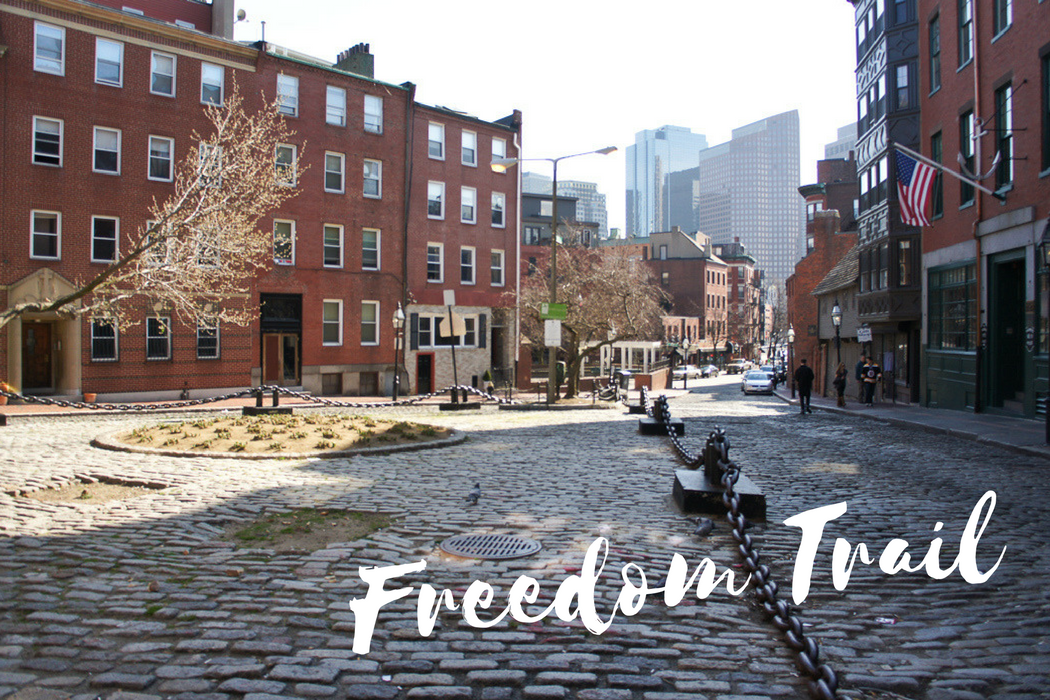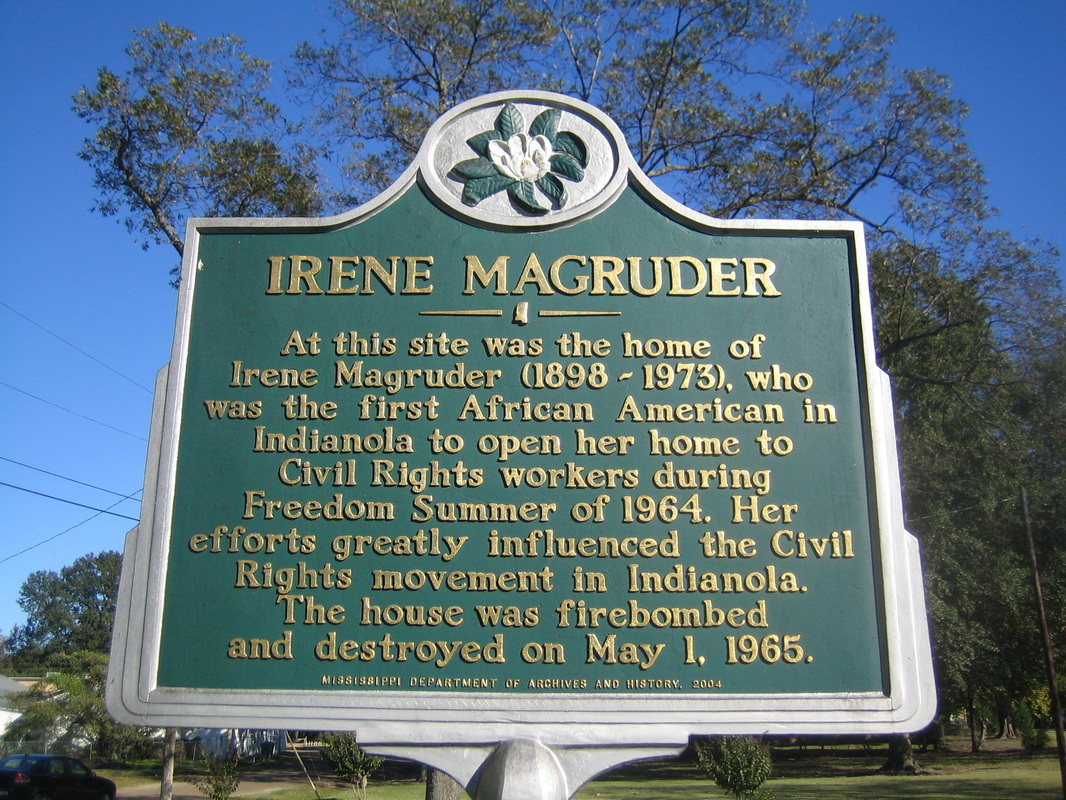

The center of the Tea Party protest and other public meetings was Faneuil Hall, a market and meeting place built in 1742. See " The Sparck of Rebellion" about the Boston Tea Party, by Douglas Brinkley As punishment for the Tea Party, the British closed Boston's port, restricted ferries, and abolished local government. The loss to the East India Company was the equivalent of $1 million today. On the evening of December 16, 1773, around 120 men and boys dressed as Mohawk Indians marched from the Old South Meeting House to Griffin's Wharf, boarded three ships, and threw 342 chests of tea into Boston Harbor. This was a planned event, organized by a group called the Sons of Liberty in response to a British law that gave a monopoly on the sale of tea to the East India Company, a corporation closely aligned with the British governor of Massachusetts. Nearly four years after the Boston Massacre, another protest - the Boston Tea Party - became the defining moment of colonial resistance. Few people in our history can match his superb record of public service during America's formative years. He served as ambassador to England in the 1780s, then as first vice president and second president of the United States. He represented Massachusetts at both Continental Congresses in Philadelphia, and coauthored the Declaration of Independence with Thomas Jefferson and Benjamin Franklin. As tensions grew in the 1770s, Adams accepted that American independence was inevitable. His legal training, powerful intellect, and riveting speaking style made him an ideal leader for the American cause.

He agreed to defend the British soldiers who had been charged with murder, won their acquittal, and emerged as a major spokesman for Boston and Massachusetts. John Adams, Samuel's cousin, took a more moderate approach. See "Rethinking the Boston Massacre" by Eric Hinderaker The Boston Massacre provoked protests and meetings in which Samuel Adams and others called for the withdrawal of British troops and for independence for the American colonies. Within minutes, the troops fired on the boisterous crowd, killing five men-including an African American, Crispus Attucks-and wounding several more. A petty argument between a British soldier and a barber's apprentice sparked a confrontation between a jeering mob and nine British soldiers near the Old State House, the center of the royal government.

The first clash between these troops and city residents came on March 5, 1770. The trail starts at the Boston Common, where Bostonians celebrated the repeal of the Stamp Act in 1765 and where the British headquartered during their occupation of the city from 1768 to 1776. This route includes sixteen sites of events ingrained in America's collective memory, such as the Boston Massacre, the Boston Tea Party, Paul Revere's Ride, and the Battle of Bunker Hill. The Freedom Trail is a 2.5-mile route that begins in downtown Boston, crosses the Charles River, and ends at the Bunker Hill Monument. A walking tour of Revolutionary War sites-the Freedom Trail-provides dramatic evidence of the extraordinary events that set the stage for the conflict that finally ended with the British surrender in Yorktown, Virginia, in 1781 and the Treaty of Paris of 1783.

Wikimedia Commonsįor more than a decade before the Continental Congress adopted the Declaration of Independence in Philadelphia in July 1776, Boston was the center of colonial resistance against British rule. , from which this essay is adapted.īeginning at Boston Common, the Freedom Trail runs 2.5 miles through sixteen sites that were integral to America's founding. Editor's Note: Brent Glass is Director Emeritus of the Smithsonian’s National Museum of American History and the author of 50 Great American Places: Essential Historic Sites Across the U.S.


 0 kommentar(er)
0 kommentar(er)
